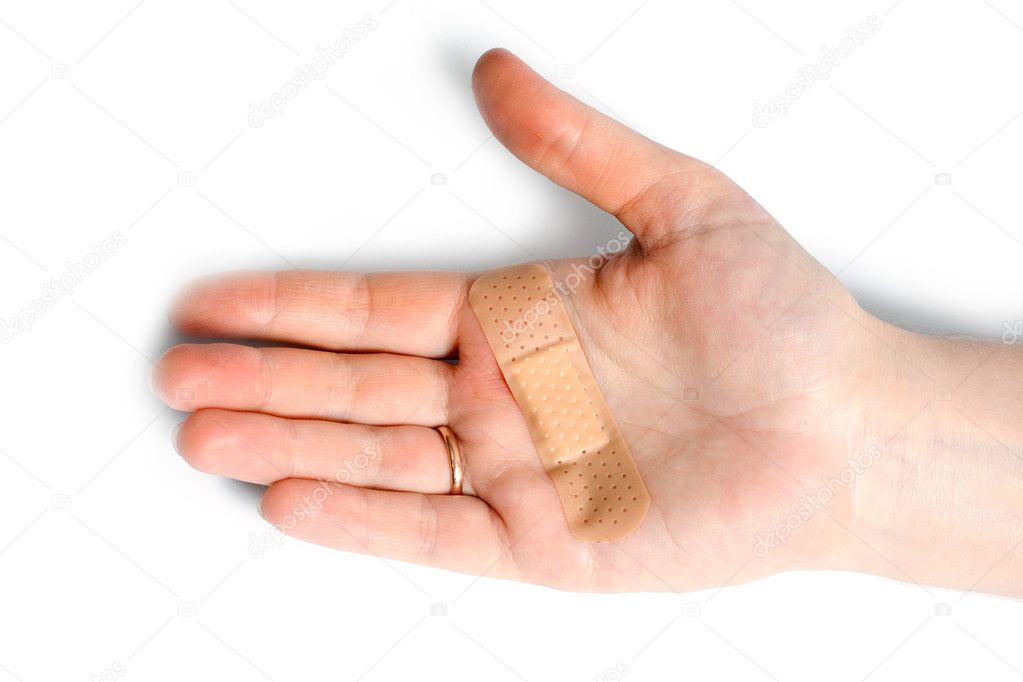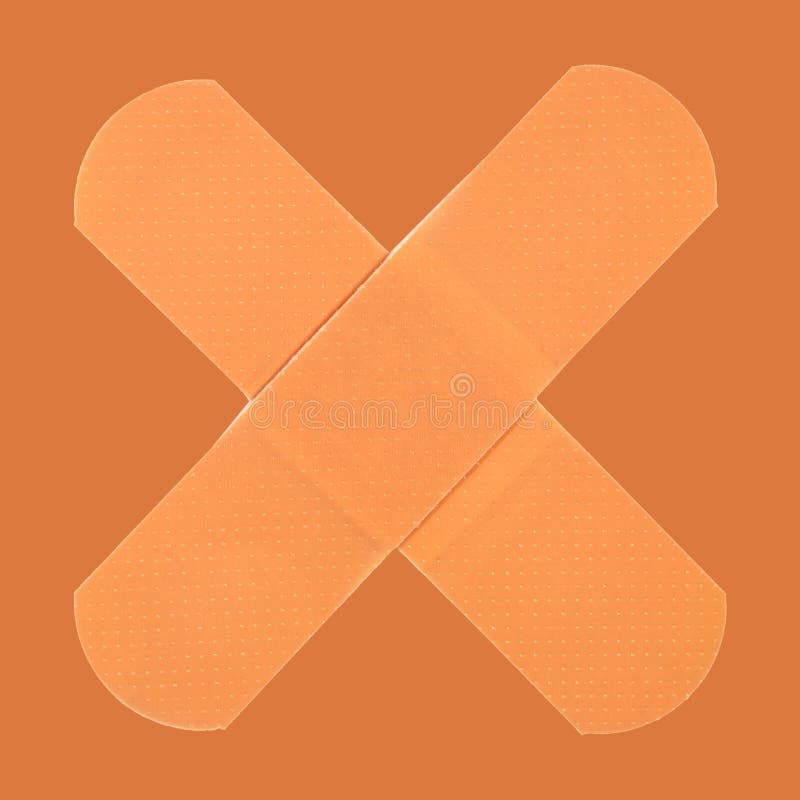
To inform this work, the National Academy for Educational Leadership undertook a national survey of school leaders in summer 2020 and received a response from over 1000 school leaders. The National Academy for Educational Leadership is committed to helping create a Welsh education system in which “the well-being of educational leaders is prioritised and systematically supported”. Most people who have used sticking plasters will agree that bleeding profusely is actually the more preferable option.More than a “sticking plaster” Understanding the demands and identifying the resources to create sustainable senior leadership in Welsh education Dr Ali DaviesĬonsultant Clinical Psychologist (Employee Well-being) Repeat steps one to four as often as necessary, or until bleeding stops of its own accord. Swear loudly and get another sticking plaster. Immediately activate the secret release mechanism by knocking the sticking plaster on a sleeve. Stretch the sticking plaster out over the wound and fix the other sticky end in place. Repeat step three again and again until corrected 4. Swear quietly upon realising it is in the wrong position. Lower one of the sticky ends allowing it come into contact with the skin. Quickly calculate where to position the sticking plaster in order to make maximum use of the minimal gauze bandage. This will prove to be far more difficult than the first step due to the sticking plaster's automatic curling reflex 3.ĭangle the now freed sticking plaster over the wound. Pull.Īttempt to repeat the above step to remove the gloss paper backing from the adhesive tape. This is achieved by gripping one end between the thumb and forefinger of your one good hand and the other end between the upper and lower incisors of the mouth of your choice. Procedure for Single-handed Sticking Plaster Application Or more correctly, it was never designed to be applied single-handedly.īut if you must use one, and don't want to look like a wuss in the Accident and Emergency Room, please read the following instructions. The sticking plaster was never intended, or indeed designed, for use on the arms, hands or fingers.

This causes the sticking plaster to immediately lose all adhesion and eject itself into oblivion, never to be seen again 2.This usually occurs without the wearer knowing.Īnother popular misconception is that the sticking plaster is meant for general use, anywhere on the body.

Their real function is to catch on clothes, socks, carpets, and so on. Their surface area is obviously too small to adhere properly to the skin, if this was in fact their purpose. On the standard rectangular strip sticking plaster there are two very thin strips of tape on either side of the gauze.

It is a little-known fact that most sticking plasters have a secret 'quick release' feature. Many people (especially the more hirsute) hate removing sticking plasters due to the acute depilatory 1 sensation that removal entails. There are, however, a number of misconceptions about its use and function. It is used to cover cuts and wounds that are small enough not to require stitches or surgery.
Sticking plaster Patch#
A sticking plaster is a small patch of gauze bandage, set in a strip of flesh-coloured adhesive tape.


 0 kommentar(er)
0 kommentar(er)
